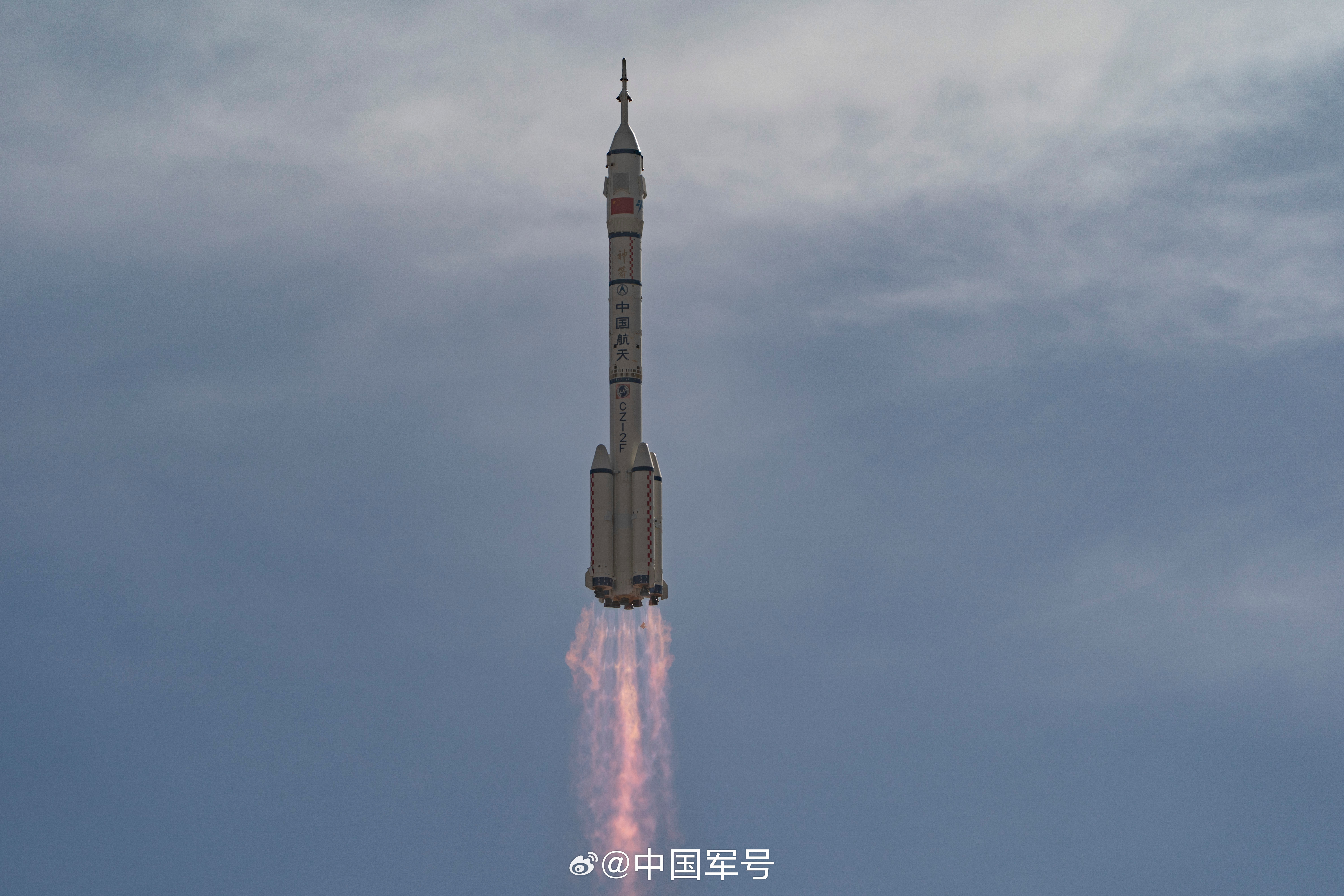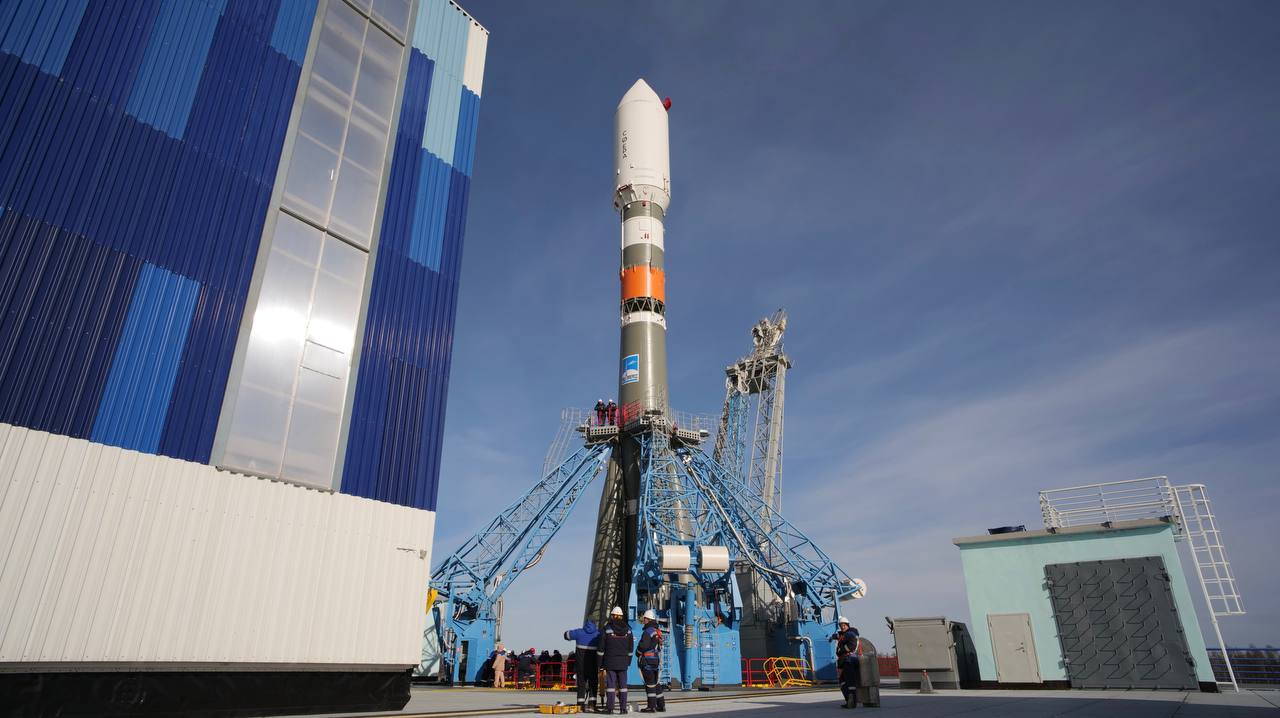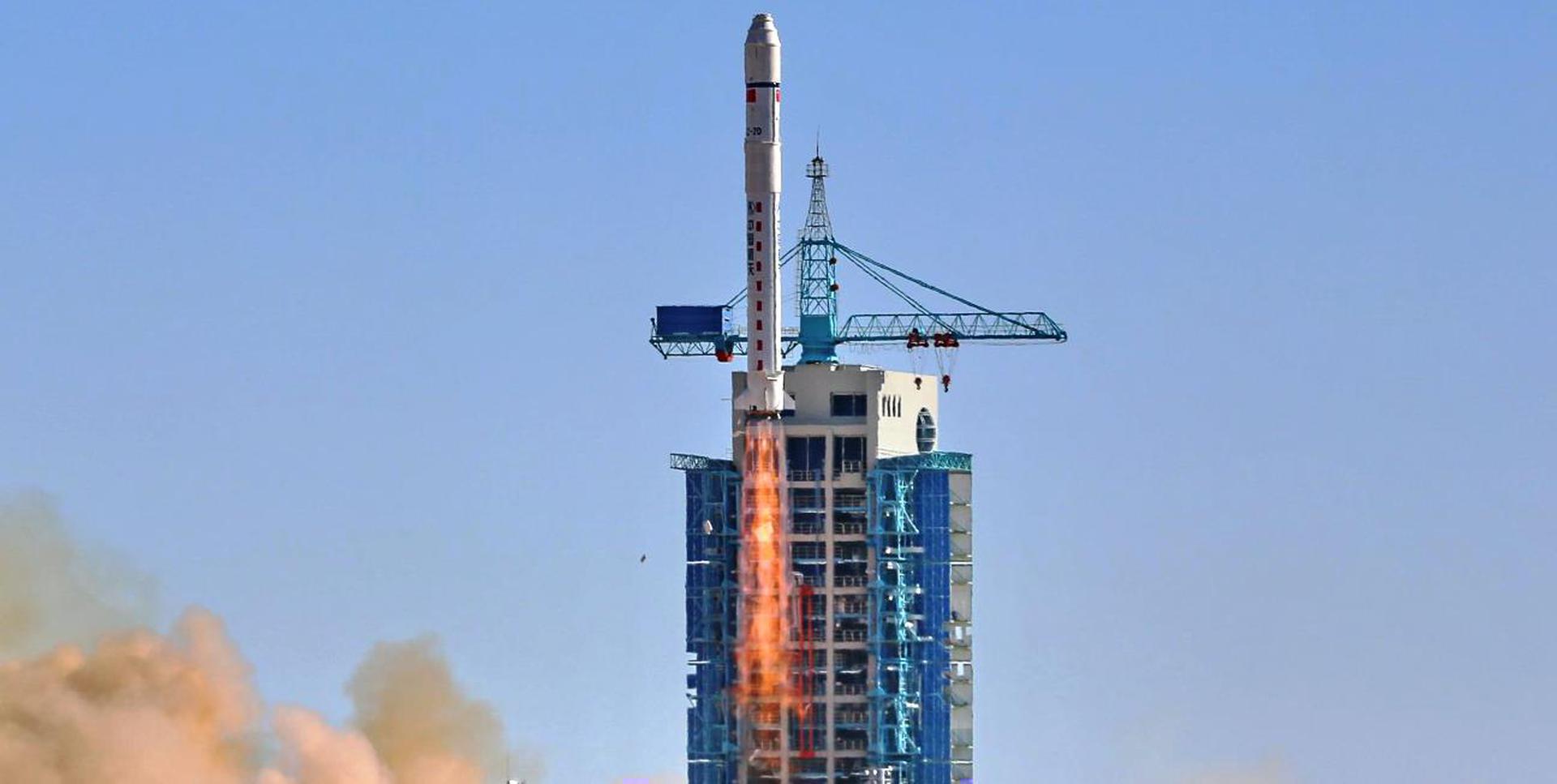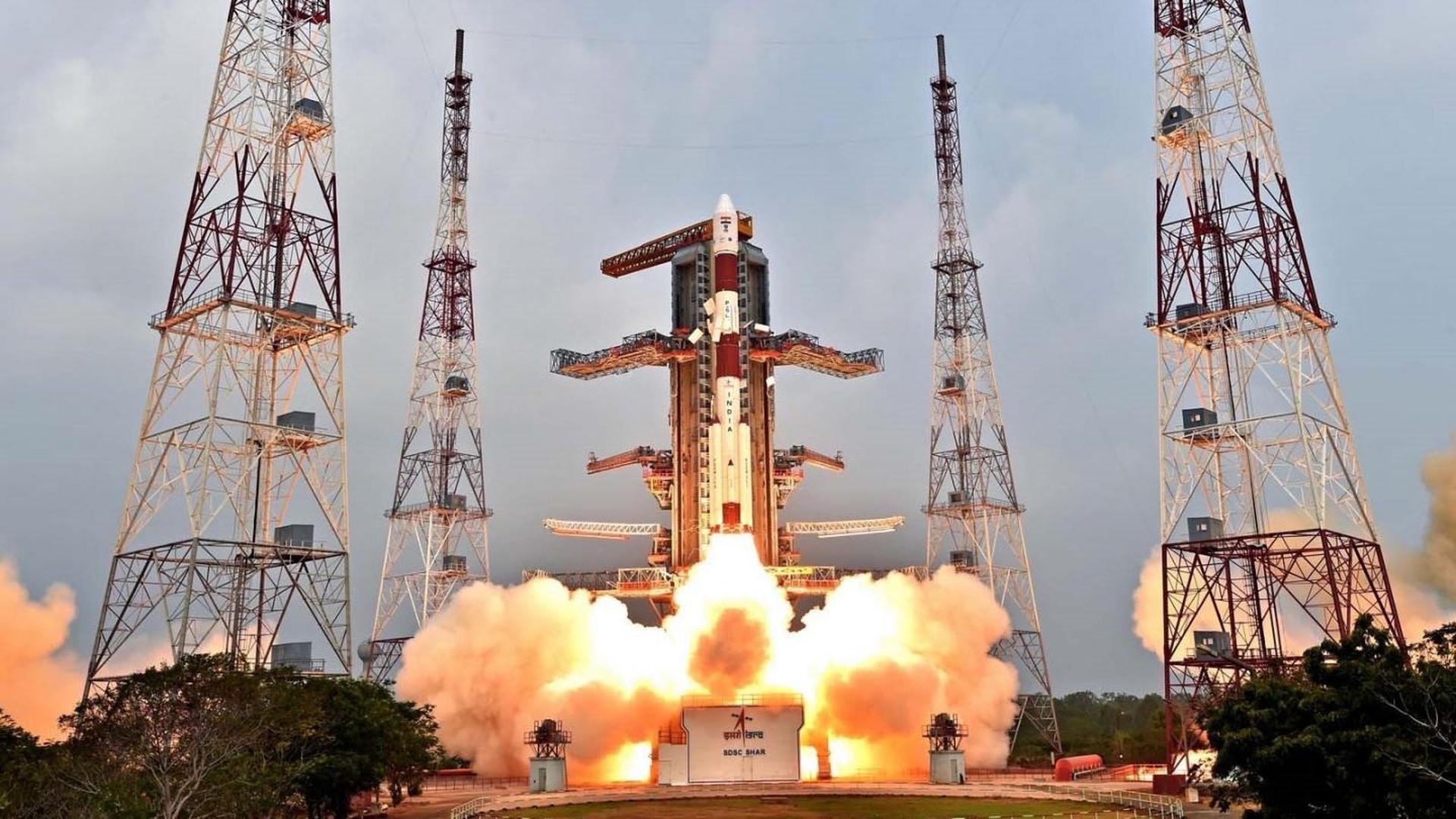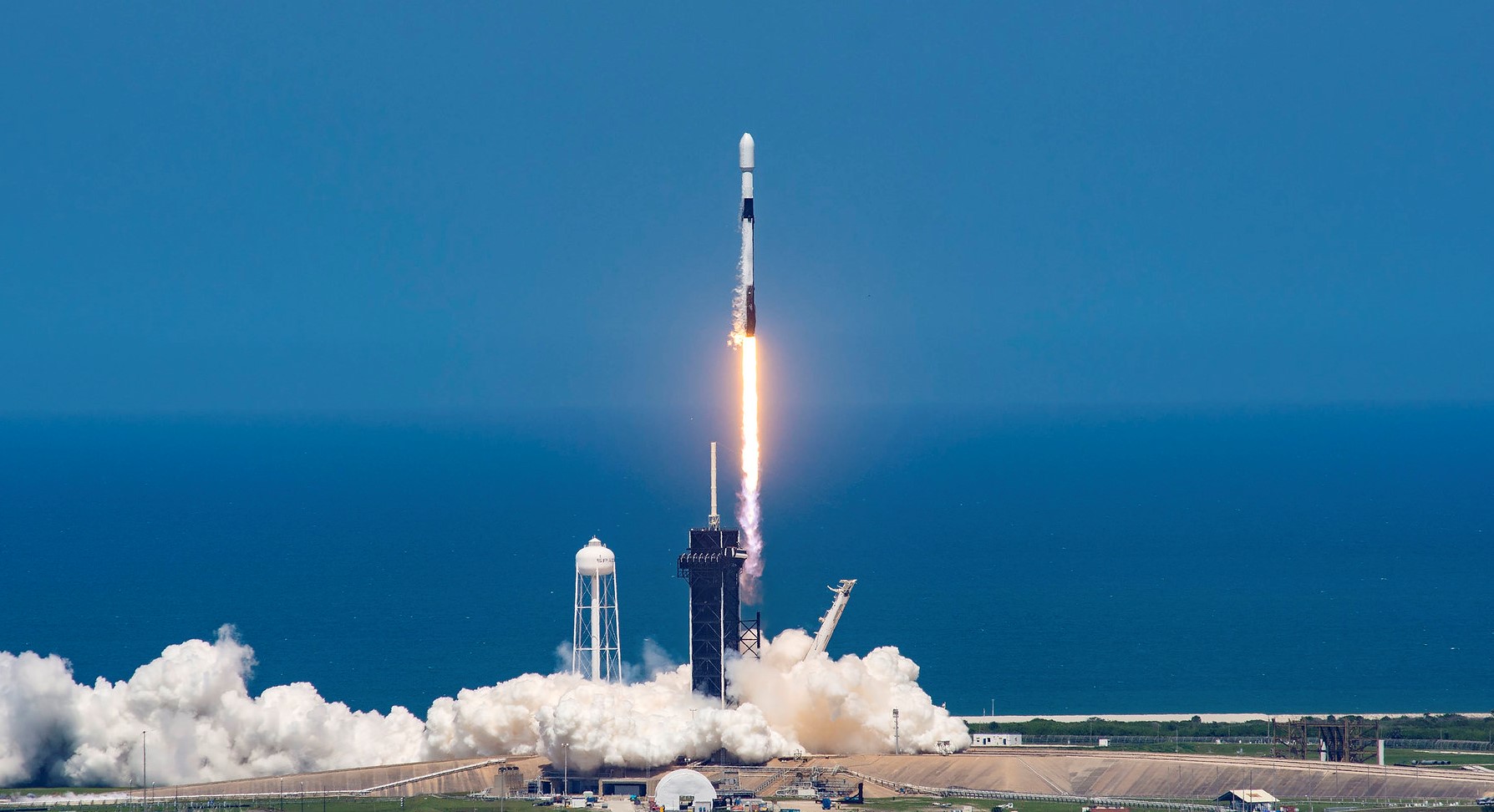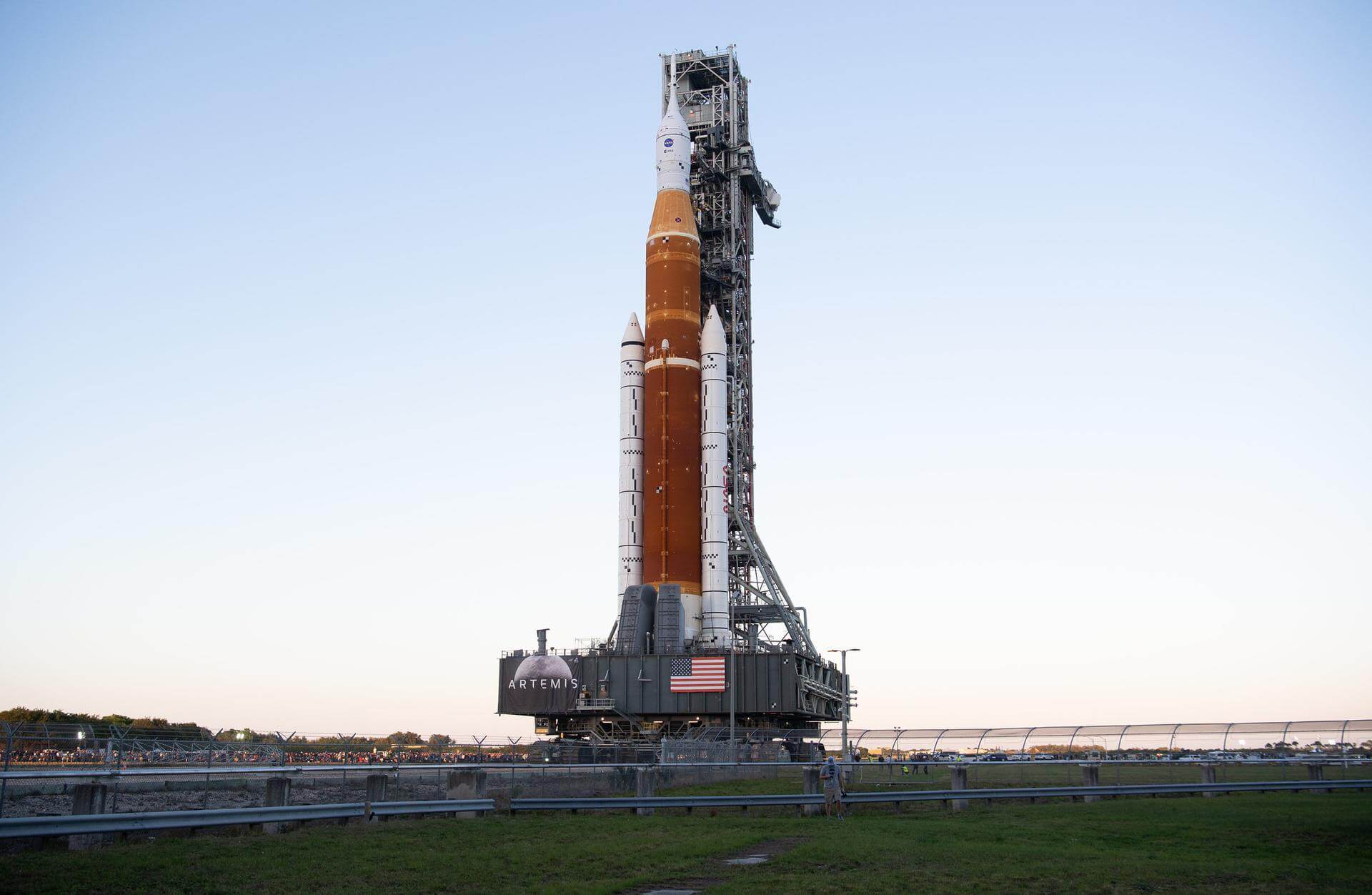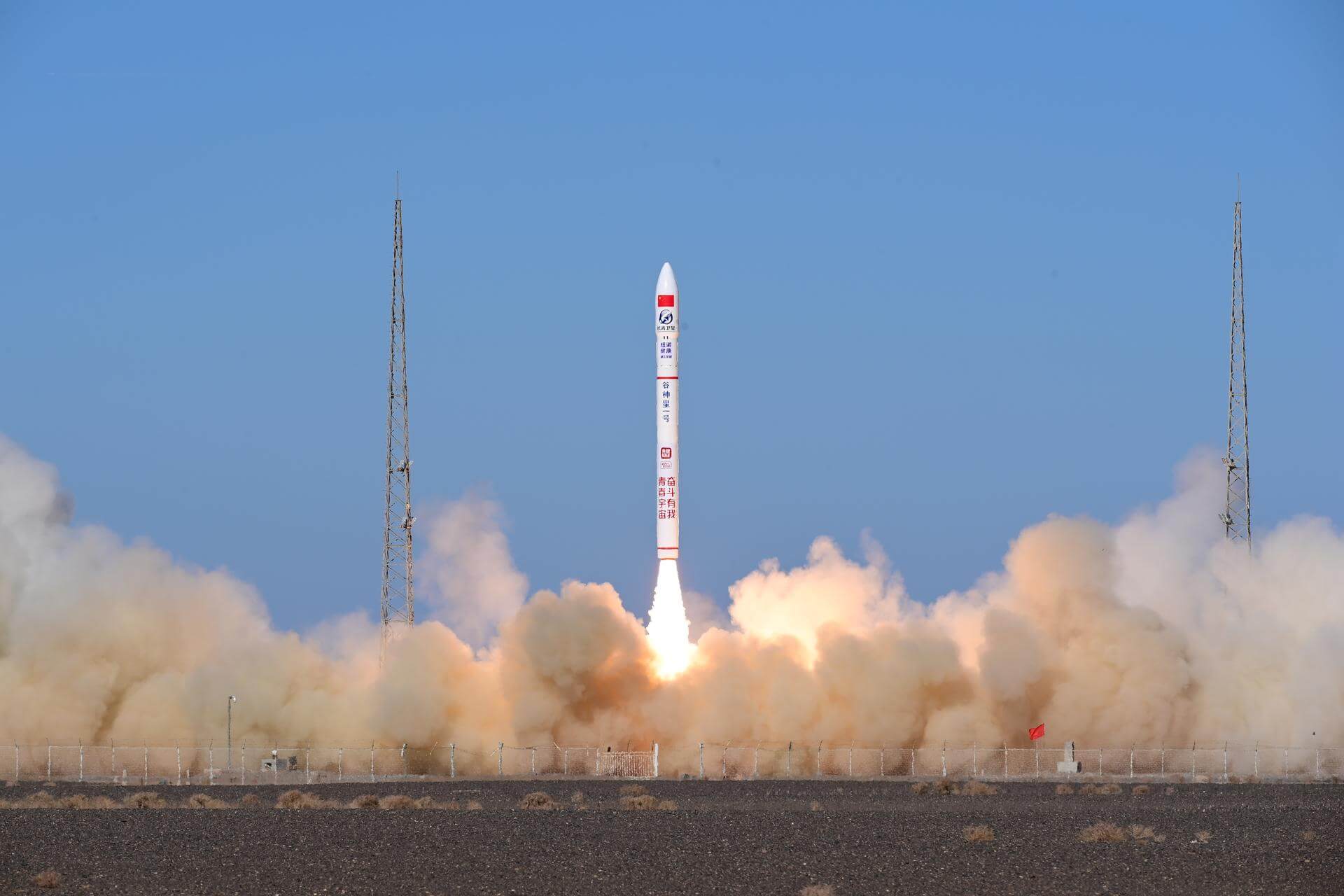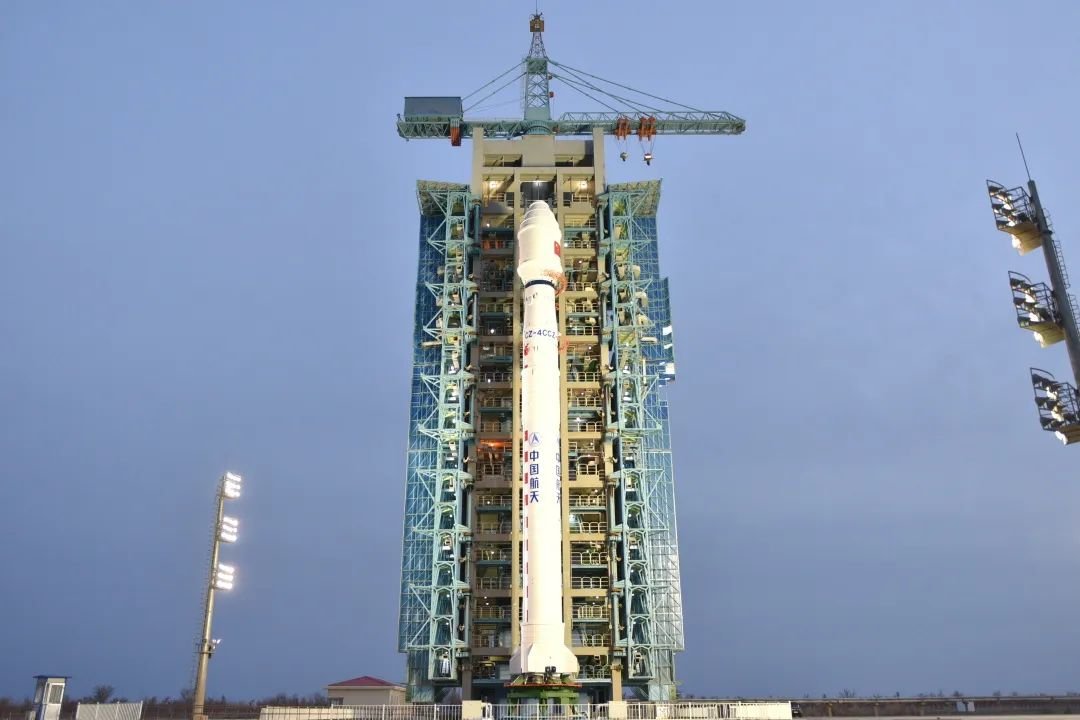Previous Spaceflight Launches
Filter by Agency, Locations or Vehicles
Show All LaunchesLong March 2F/G | Shenzhou 15
China Aerospace Science and Technology Corporation | ChinaJiuquan Satellite Launch Center, People's Republic of China
Nov. 29, 2022, 3:08 p.m.
Soyuz 2.1b/Fregat-M | Glonass-M No. 61 (Kosmos 2564)
Progress Rocket Space Center | RussiaPlesetsk Cosmodrome, Russian Federation
Nov. 28, 2022, 3:13 p.m.
Status: Launch Successful
Mission:
Glonass-M, also known as Uragan-M, are the second generation of Uragan satellite design used for GLONASS satellite navigation system. GLONASS is a Russian space-based navigation system comparable to the similar GPS and Galileo systems. This generation improves on accuracy, power consumption and design life. Each satellite weighs 1415 kg, is equipped with 12 L-band antennas, and has an operational lifetime of 7 years.
Medium Earth OrbitLong March 2D | Yaogan 36 Group 03
China Aerospace Science and Technology Corporation | ChinaXichang Satellite Launch Center, People's Republic of China
Nov. 27, 2022, 12:23 p.m.
Falcon 9 Block 5 | Dragon CRS-2 SpX-26
SpaceX | United States of AmericaKennedy Space Center, FL, USA
Nov. 26, 2022, 7:20 p.m.
Status: Launch Successful
Mission:
26th commercial resupply services mission to the International Space Station operated by SpaceX. The flight will be conducted under the second Commercial Resupply Services contract with NASA. Cargo Dragon 2 brings supplies and payloads, including critical materials to directly support science and research investigations that occur onboard the orbiting laboratory.
Low Earth Orbit B1076 - Maiden Flight Just Read the InstructionsPSLV-XL | EOS-6 (Oceansat-3) & rideshare
Indian Space Research Organization | IndiaSatish Dhawan Space Centre, India
Nov. 26, 2022, 6:26 a.m.
Falcon 9 Block 5 | Eutelsat 10B
SpaceX | United States of AmericaCape Canaveral SFS, FL, USA
Nov. 23, 2022, 2:57 a.m.
SLS Block 1 | Artemis I
National Aeronautics and Space Administration | United States of AmericaKennedy Space Center, FL, USA
Nov. 16, 2022, 6:47 a.m.
Ceres-1 | Jilin-1 High Resolution 03D-08, 51 to 54
Galactic Energy | ChinaJiuquan Satellite Launch Center, People's Republic of China
Nov. 16, 2022, 6:20 a.m.
Long March 4C | Yaogan 34-03
China Aerospace Science and Technology Corporation | ChinaJiuquan Satellite Launch Center, People's Republic of China
Nov. 15, 2022, 1:38 a.m.
Falcon 9 Block 5 | Galaxy 31 & 32
SpaceX | United States of AmericaCape Canaveral SFS, FL, USA
Nov. 12, 2022, 4:06 p.m.
